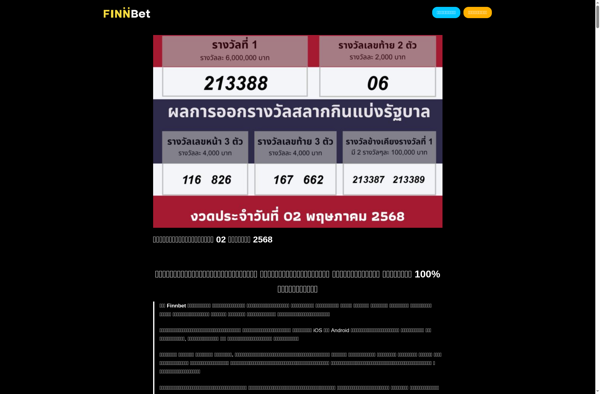OSPRay
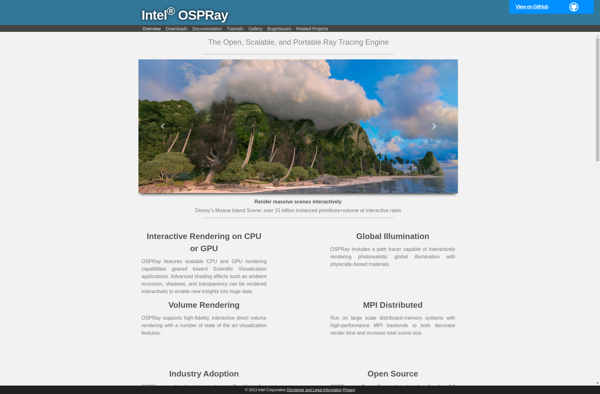
OSPRay: Open-Source Ray Tracing Engine
A scalable, portable ray tracing engine for high-performance visualization, designed for large-scale applications and as an alternative to hardware-accelerated solutions.
What is OSPRay?
OSPRay is an open-source, scalable, and portable ray tracing engine designed for high-performance visualization applications. It aims to provide an alternative to specialized, hardware-accelerated ray tracers by enabling ray tracing on commodity hardware through an optimized software implementation.
Some key features and goals of OSPRay include:
- Performance focusing on ray tracing of large datasets and models
- Scalability across multiple nodes and GPUs
- Portability across diverse hardware through an abstract device layer
- Integration with visualization tools like VisIt, ParaView, and Blender
- Production-ready quality through features like ambient occlusion, texturing, and more
OSPRay handles parallelization, optimization, scalability, and portable ray tracing calculations, freeing visualization app developers from needing to specialize at the hardware level. The goal is to democratize ray tracing for scientific, engineering, product design, and other visualization use cases.
OSPRay Features
Features
- Ray tracing engine
- Optimized for CPU rendering
- Integrates with visualization frameworks like VTK
- Embree backend for fast BVH traversal and intersection
- OpenGL renderer for interactive applications
- Distributed rendering support
- Physically-based shading
- Volume rendering
Pricing
- Open Source
Pros
Cons
Official Links
Reviews & Ratings
Login to ReviewThe Best OSPRay Alternatives
Top Development and Visualization and other similar apps like OSPRay
Here are some alternatives to OSPRay:
Suggest an alternative ❐Mitsuba
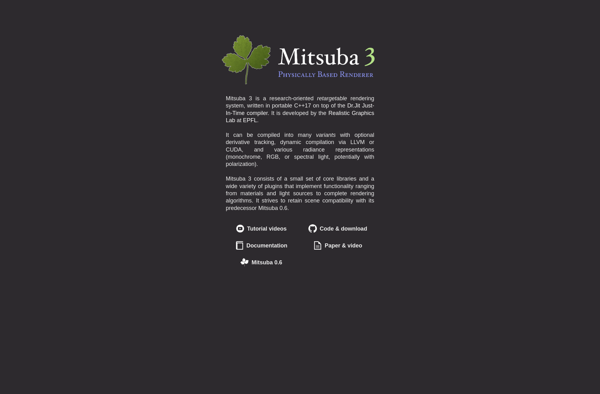
Radeon ProRender
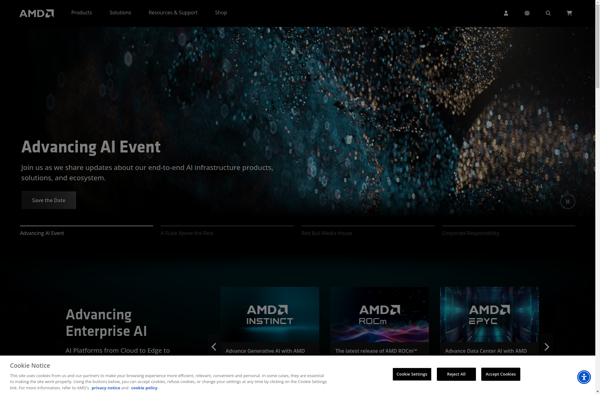
NVIDIA OptiX
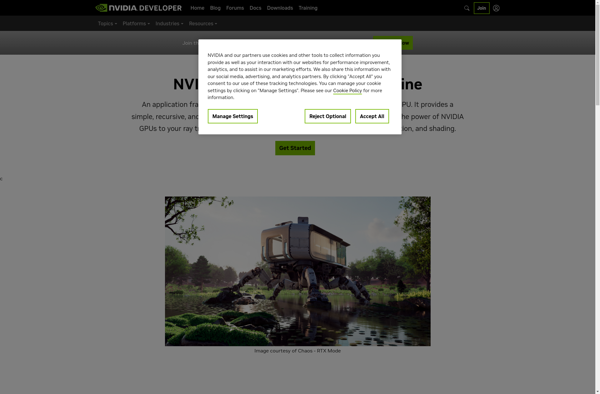
YafaRay
